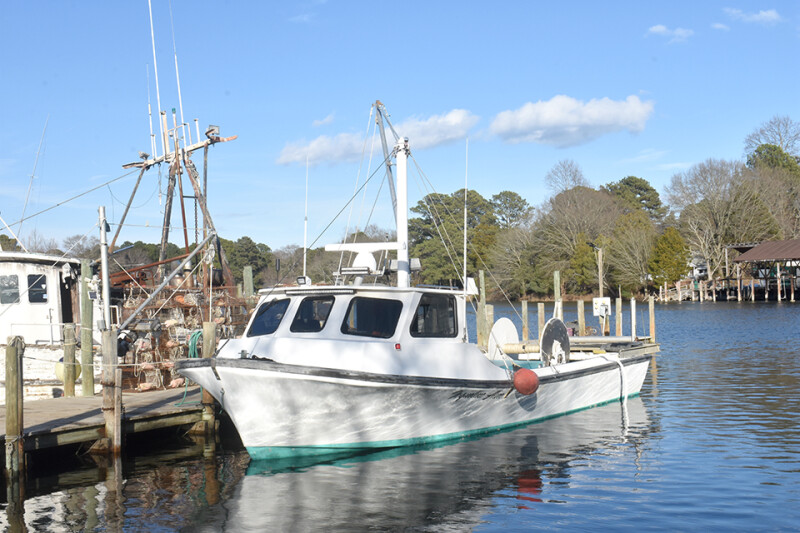The tradition of wooden boat structures continues in fiberglass
Date:2024-11-05Source:Views:
Helbig, John Collamore III of Hulls Unlimited East Inc. in Deltaville, Va., and Whitey Laurier of Glass Marine of Hayes, Va., all came to Virginia about the same time and started turning out working craft modeled after traditional wooden deadrise boats.
At first, these three companies struggled to find direction in the Chesapeake shipbuilding market, where wood had always been the king and sailors were skeptical of fiberglass as a shipbuilding material.
One of Helbig's first commercial fishing clients was sailor Kenneth Boniville. He was one of the earliest people in the area to use fiberglass workboats. Now, as the son of Kenneth Boniville, Jeremy has been working on fiberglass boats since childhood due to his father's influence, which has encouraged him to persist in using glass boats.
Now he is building a fiberglass Garvey style workboat, which he will use to harvest oyster seeds on the James River and plant shells and seeds. Some components of the hull are composed of multiple layers of polyester resin, fiberglass felt, and coarse gauze. The hull thickness is 3/4 inch, and the side thickness is 3/8 inch. The deck in front of the engine is several layers thicker than other floors. This provides greater strength to the floor area that the shovel will scrape when unloading oysters.

